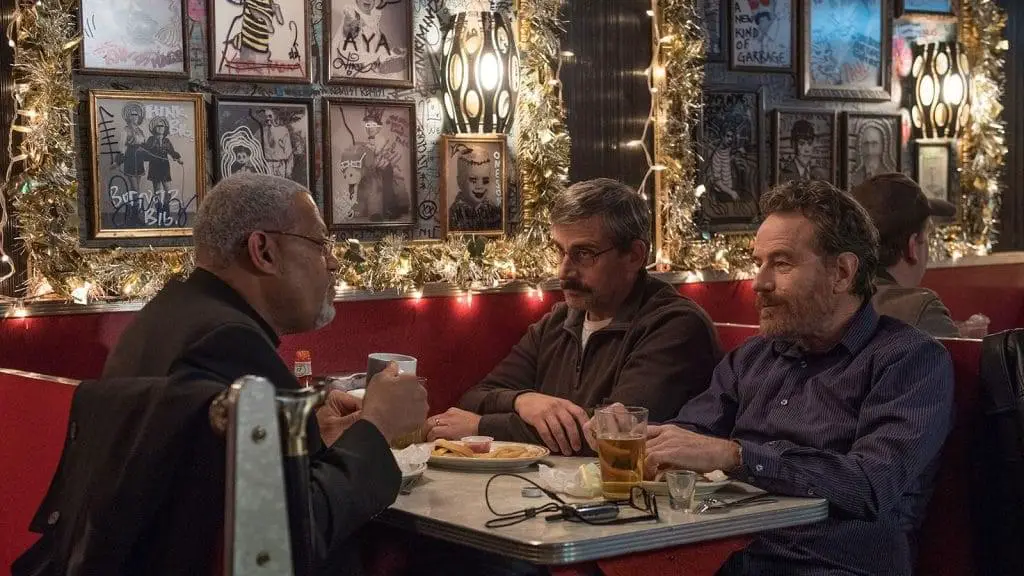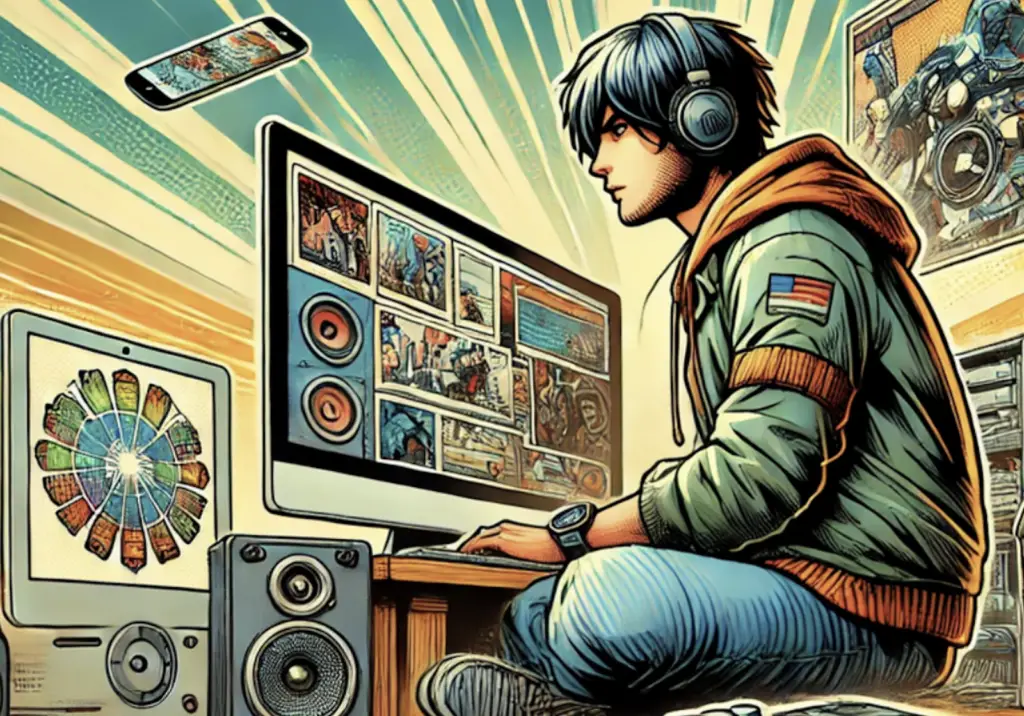
The first twenty minutes of Chris Columbus’ superballyhooed sequel are so much fun I had high hopes for thoroughly enjoying the nearly two and a half hours which would follow. Well, that didn’t happen. As a result, I had oodles of time for napping, getting poked in the ribs by a mortified son and ruminating on the numerous ways in which “Harry Potter and the Chamber of Secrets” may just be the most quintessential Steven Spielberg movie Steven Spielberg never made.
Once upon a time, you may recall, the director had dibs on helming the first of the J.K. Rowling adaptations. He certainly appeared the perfect match for the material and there was a fair amount of surprise among industry types when the filmmaker opted instead to work on the saga of another remarkable boy, picking up where Stanley Kubrick left off on A.I..
No matter. Columbus has virtually channeled the director in making his latest, and probably last, Potter film (Alfonso “A Little Princess” Cuaron picks up the baton-or rather the wand-with the third installment).
As everyone knows, Harry (Daniel Radcliffe) is an orphan. There’s a void in his world as there was in that of the fatherless boy Henry Thomas played in E.T.. Just as one did in that film, a pint-sized special effect with an extra-large heart magically enters Harry’s life and changes its course. In this case, it’s an elf by the name of Dobby. At the start of the story, Harry’s staying with the comically abominable Dursleys. The creature cautions his new best friend that danger awaits if he returns to Hogwarts. When old pal Ron (Rupert Grint) pulls up to his second story bedroom window in a flying car and the boys soar off to their next semester, it’s a moment of such cinematic giddiness one half expects Columbus to silhouette the vehicle against a giant moon and for John Williams’ music to swell deliriously.
Which, in fact, it does. “The Chamber of Secrets” not only feels like a Spielberg movie much of the time, it sounds like one too with a number of passages in Williams’ score reminiscent of the one he composed for E.T..
On route to the school, the boys accidentally pilot their car into the clutches of the Whomping Willow, a tall, dark and twisted tangle of ill-tempered tree which does its darndest to flatten them with its massive knotted limbs. It’s a sequence astonishingly similar to the one in Poltergeist (which Spielberg co-directed) wherein a terrified boy is plucked out of his bed by a malevolent maple.
Back at Wizard U, Harry does indeed run into trouble. Someone’s let loose a mysterious monster long trapped in the bowels of the vast old building. One by one, children who happen across it and look into its eyes are turned to stone and the task of tracking down and destroying it falls on Harry’s shoulders. The middle of the picture has a distinctly “Indiana Jones and the Temple of Doom” feel to it between all the talk of magic curses, the ancient labyrinthine locations and the screenplay’s cliffhanger on cliffhanger roller coaster construction.
Harry does eventually find himself face to face with the creature, a gargantuan serpent called a basilisk. It’s an impressive bit of digital wizardry too. One with a strangely familiar face. Look closely: it’s the spitting image of the T-Rex in “Jurassic Park.”
Perhaps the picture’s most haunting Spielberg parallel involves the plot concocted by an evil sorcerer to cleanse the school of every child whose parents weren’t both wizards. The racial purity theme, of course, is eerily evocative of “Schindler’s List” and a surprisingly dark motif to come across in a children’s story. From what I hear, however, subsequent installments are only going to get darker.
This is all well and good as long as they also get easier to sit through. The young actors are charming. The older ones too, for that matter. As Professor Dumbledore, the late, great Richard Harris whispers his lines literally with his dying breath. The film features a number of fanciful touches-such as the howler, a magical piece of mail that transforms into an origami mouth and, in the voice of the irate parent who penned it, chews out the child to whom it was sent-which are a tribute to Rowling’s talent and imagination. Once again, though, Columbus has erred on the side of straining to include too much. In his well intentioned commitment to being faithful to the books he’s bogged down his movies, bloated them, by leaving out so little of his source material and so much of himself.
But hey, as big screen versions of kid lit go, it beats the hell out of “Hook!” With a little luck, Cuaron will strike a balance that allows for filmmaking that’s as magical in its own way as Rowling’s words.

